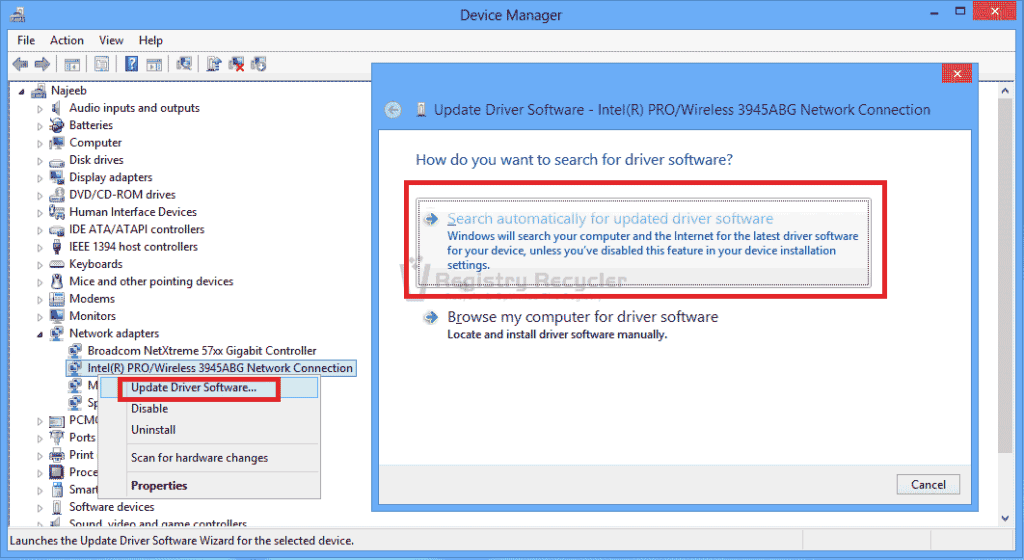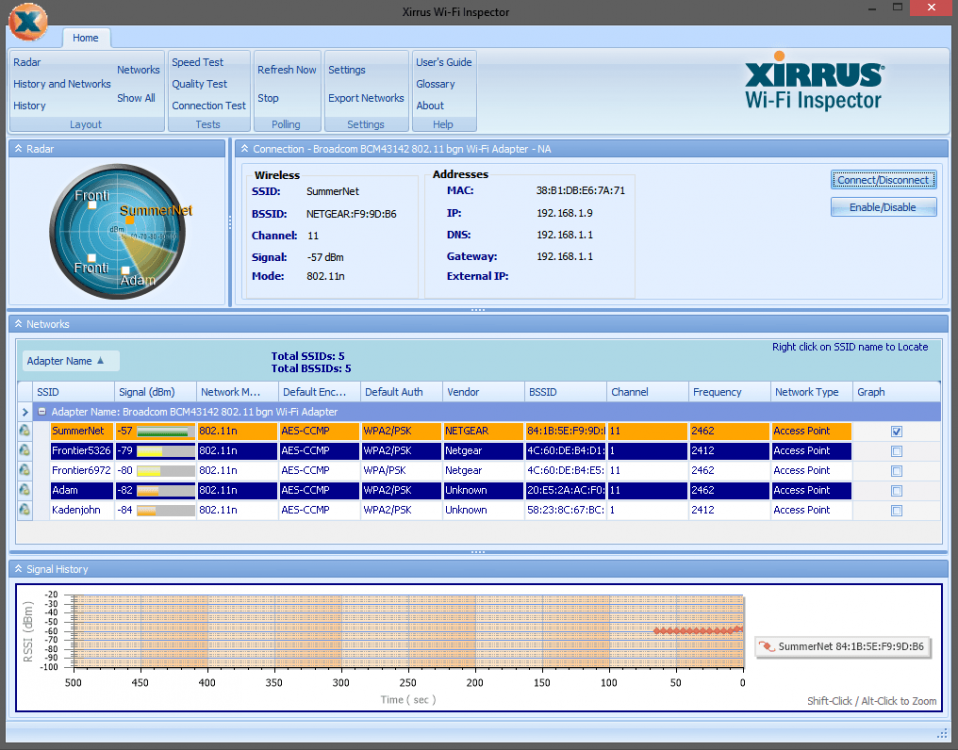
Either create a local backup on an external drive, an offsite solution, or better yet, use both options. While your folders and files will ideally come with you during the upgrade, if something goes awry, you need to have your pictures, documents, and other important data backed up. Here's a look at what you need to know, and the steps to take to make the process as easy and seamless as possible.

The main thing to know is that, unlike upgrading Windows 8 to 8.1, your files and data will transfer, but you'll need to re-install all of your software applications.

However, there are a few things you need to know before going ahead with the upgrade. (DSL or cable will most likely get you faster speeds and more data than satellite internet.)Ĭheck out our top recommended internet providers or use our zip finder below to see what your options are in your area.If you're currently running Windows 7 and want to upgrade to Windows 8.1, the process is relatively easy using Microsoft's Upgrade Assistant utility. Switching providers should be a last resort, but if you try the other tips on our list and your speed is still sluggish, it might be time to make a change. Especially if you’re using satellite internet and find out you can switch to cable or DSL. You can skim this roundup of best ISPs and check this month's internet deals to figure out if an alternative provider might give you a better price.

Most areas have only a couple Internet Service Providers (ISPs) available, so it should be a pretty quick check to see if the other provider that serves your area has better prices for faster speeds. If your internet provider is going to give you a slow connection no matter how many other tips you try, consider a swap.

We admit this tip isn’t necessarily easy or simple, but it is practical and might even be cheaper for you in the long run. Sometimes your internet provider is the biggest problem.


 0 kommentar(er)
0 kommentar(er)
